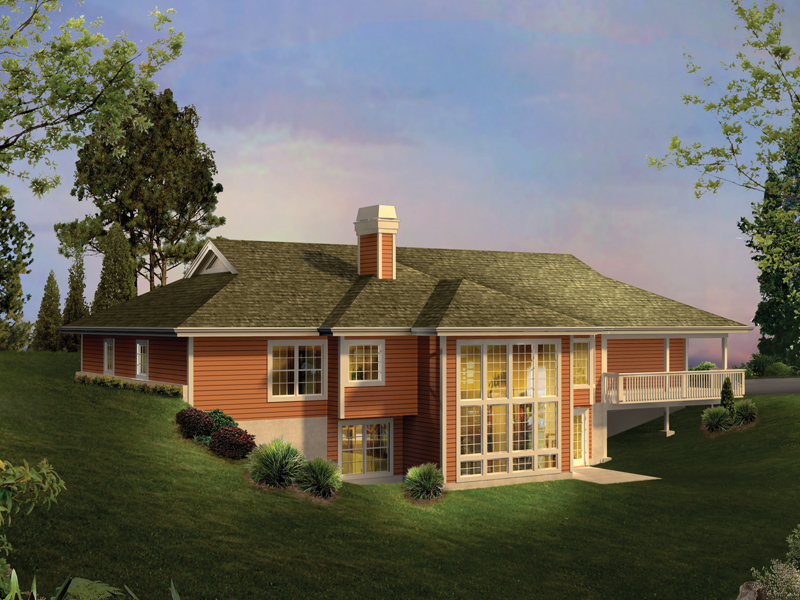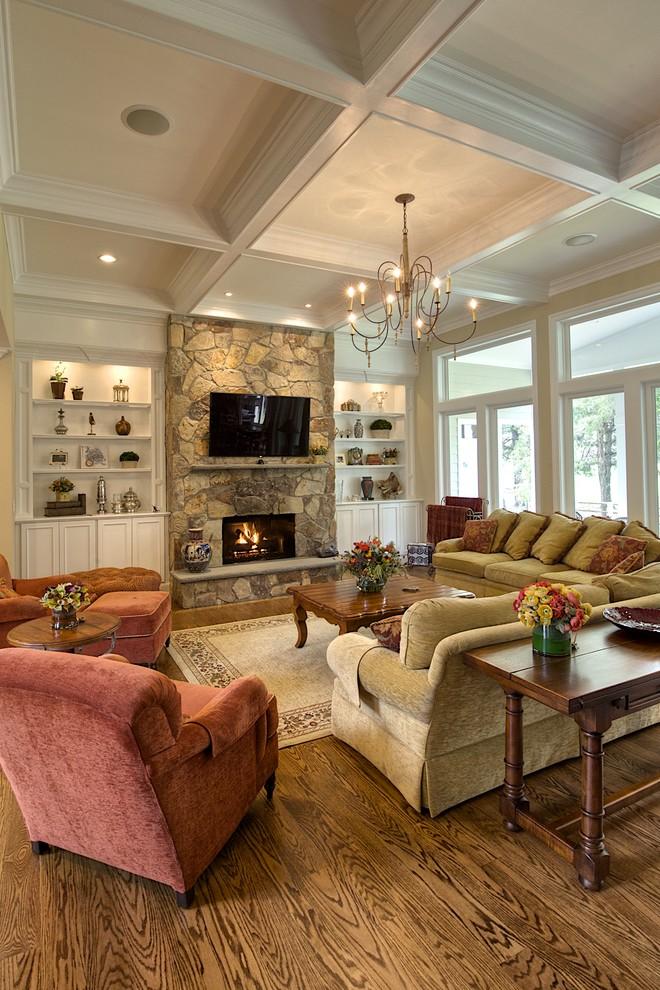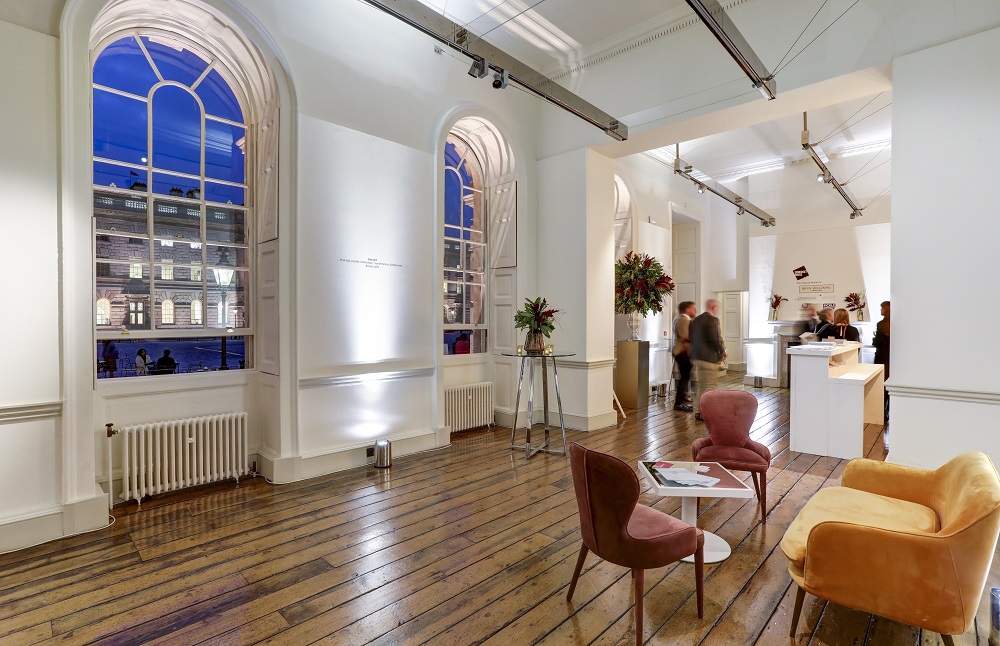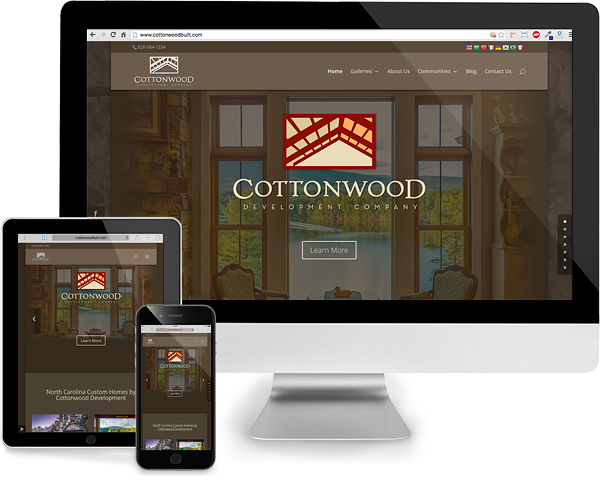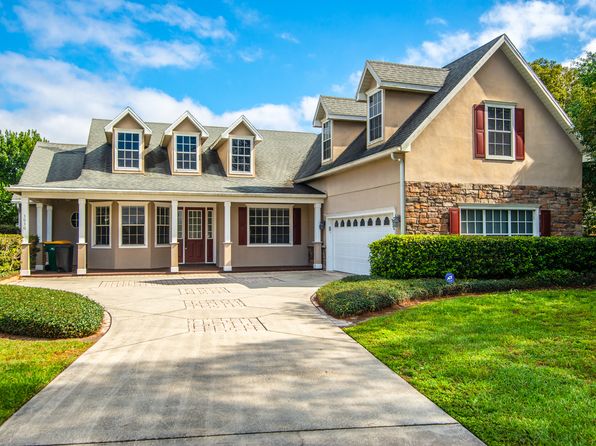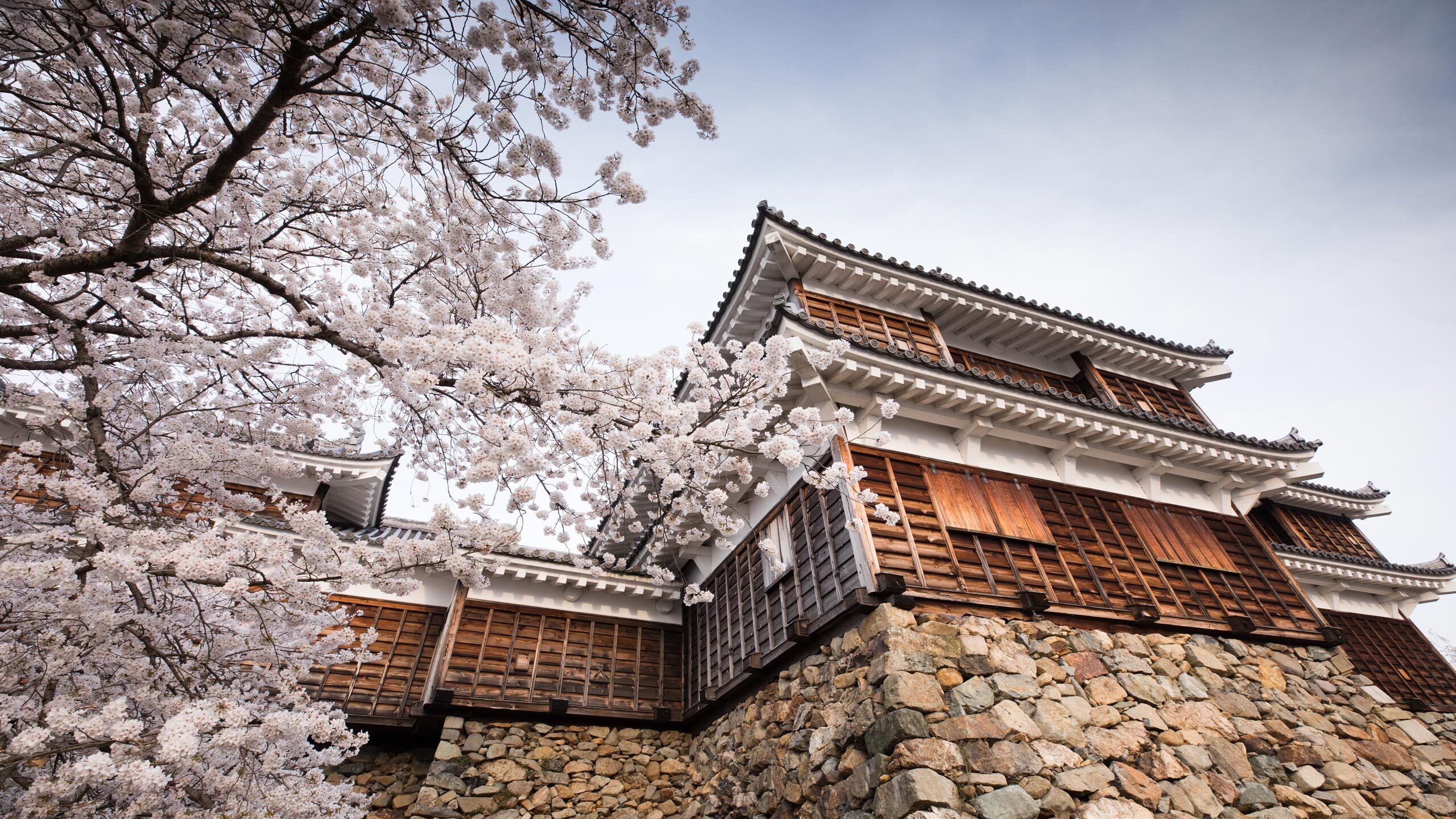Table Of Content

These homes are typically built with the main living spaces facing an atrium or courtyard to provide light, air flow, solar gain, block noise and give a more open feel. Bermed earth-sheltered homes are well-suited for both passive and active solar applications. The earth’s insulation properties help maintain a consistent indoor temperature and lessen the need for artificial heating and cooling. The term “true underground earth shelter” refers to a home built below the ground after the ground has been excavated.
Reference Books On About Earth Sheltered Homes
Soil radon levels are another factor to consider, because high concentrations of radon can be hazardous. There are, however, methods for reducing radon buildup in both conventional and earth-sheltered dwellings. Like any home design, earth-sheltered houses have advantages and disadvantages. If you are looking for a home with energy-efficient features that will provide a comfortable, tranquil, weather-resistant dwelling, an earth-sheltered house could be right for you. During high tide overnight, the water breached sand berms in the Surfside community.
Earth-Sheltered Buildings
Regions with extreme daily and seasonal temperatures emphasize the value of earth as a thermal mass. In this way, earth sheltering is most effective in regions with high cooling and heating needs and high-temperature differentials. In regions such as the southeastern United States, earth sheltering may need additional care in maintenance and construction due to condensation problems in regard to the high humidity. The ground temperature of the region may be too high to permit earth cooling if temperatures fluctuate only slightly from day to night. Preferably, there should be adequate winter solar radiation and sufficient means for natural ventilation. Wind is a critical aspect to evaluate during site planning, for reasons regarding wind chill and heat loss, as well as ventilation of the shelter.
The Two Types of Earth Sheltered Homes—What You Need to Know
Earth temperatures vary much less than air temperatures in these areas, which means the earth can absorb extra heat from the house in hot weather or insulate the house to maintain warmth in cold weather. The atrium design is hardly visible from ground level, creates a private outdoor space, and provides good protection from winter winds. This design is ideal for building sites without scenic exterior views, in dense developments, and on sites in noisy areas. Passive solar gain—heat obtained through windows—is likely to be limited because of the position of the home’s windows, and courtyard drainage and snow removal should be carefully thought through during design. In addition, a south-facing earth bermed home will allow you to take advantage of the sun’s light and heat, and you can incorporate solar panels on your roof or elsewhere for added energy savings.
Bermed Earth Sheltered Homes
Passive cooling which pulls air with a fan or convection from a nearly constant temperature air into buried Earth cooling tubes and then into the house living space. This also provides fresh air to occupants and the air exchange required by ASHRAE. Seen from the home, the surrounding hillsides will perfectly frame the Getty Center below, as a way of combining contemporary architecture and landscaping.
Could an Earth-Sheltered Home Work for Your Rural Land?
Also, during the summer months, providing an overhang, or some sort of shading device, is used to block out an excess solar gain. The site's topography and microclimate determine how easily the building can be surrounded with earth. A modest slope requires more excavation than a steep one, and a flat site is the most demanding, needing extensive excavation. A south-facing slope in a region with moderate to long winters is ideal for an earth-sheltered building. South-facing windows can let in sunlight for direct heating, while the rest of the house is set back into the slope.
AVAILABLE NOW: Resident Dog Book (featuring the Frost House & Banksy)
An “elevational” bermed design exposes one elevation or face of the house and covers the other sides—and sometimes the roof—with earth to protect and insulate the house. Building for roughly the same dollar figure as that of a well-built custom conventional home, we have opened the market up for the average homeowner. Our structures meet all current building codes, are built with all Fannie Mae/Freddie Mac approved building materials and are reviewed and certified by a structural engineer. Formworks Building provides one-of-a-kind, sustainable, energy efficient and secure structures. We have become a standout leader in both residential and commercial earth-sheltered/green-roof structures. In 40+ years of business, our structures have been rigorously tested and analyzed by thousands of Formworks home owners, builders, structural engineers, testing organizations and consumer publications.
Where you place the insulation (or don’t place any) influences where the dew point will be reached, and this dictates where the liquid water will condense out of the air onto a surface. “In North Carolina, for example, our underground temperature is 54 degrees. So you’re only dealing with bringing that indoor temperature up from 54 degrees no matter how hot or cold it is outside. That requires a lot less energy than trying to maintain a 70-degree temperature in a stick built house when it’s 19 or 99 degrees outside,” Dennie says. You’ve seen them in such popular movies as Lord of the Rings and The Hobbit as well as extreme home shows—quaint and cozy houses built either completely underground or nestled into a hillside. The bond strength of epoxy to concrete is stronger than the internal bond strength of concrete so the membranes won't 'blow' off the wall in the sun.
Hartley, Iowa, couple rehabs dilapidated dairy - The Globe News, weather, sports from Worthington, Minnesota - The Globe
Hartley, Iowa, couple rehabs dilapidated dairy - The Globe News, weather, sports from Worthington, Minnesota.
Posted: Thu, 13 Jan 2022 14:15:23 GMT [source]
In the Northern Hemisphere, south facing slopes tend to avoid cold winter winds typically blown in from the north. Fully recessed shelters also offer adequate protection against these harsh winds. However, atria within the structure have the ability to cause minor turbulence depending on the size. In the summer, it is helpful to take advantage of the prevailing winds. Because of the limited window arrangement in most earth shelters, and the resistance to air infiltration, the air within a structure can become stagnant if proper ventilation is not provided. By making use of the wind, natural ventilation can occur without the use of fans or other active systems.
Unlike the elevations bermed that relays on one side only for exposure, this type allows cross-ventilation and access to natural light from more than one side of the house. Although insulation in an underground building does not need to be as thick as that in a conventional house, it is necessary to make an earthen house comfortable. If insulating outside the wall, a protective layer of board should be added to keep the insulation from contacting the earth. On the plus side, an earth-sheltered home is less susceptible to the impact of extreme outdoor air temperatures than a conventional house.
It is a great choice for nature centers, event spaces, or anywhere you’d like to showcase the natural beauty of the site. We apply our knowledge and experience to create a one-of-a-kind design that fits your lifestyle, budget, and building site. Woodrow Ross interviews a band sawmill owner in rural South Carolina to get the... Given their in-ground location, one would think earth-sheltered homes would be prone to the typical basement issues of mold, mildew and mustiness.
The bathroom, storage, and utility room are often situated on the other side of the shelter because they only need a little heating or natural light. When an earth shelter is built on a hillside or slope, the walls and the ceiling are covered in earth. One wall is often left unfinished in these earth-sheltered homes so that windows may be added, and the building can be heated using passive solar techniques. The reduction of air infiltration within an earth shelter can be advantageous. Because three walls of the structure are mainly surrounded by earth, very little surface area is exposed to the outside air.
